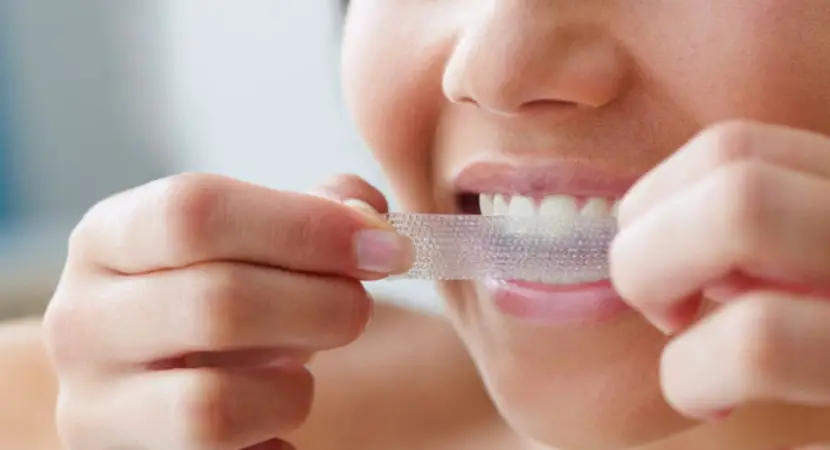In April of 2012 the ADA reviewed the safety of whitening products on teeth and for consumers. H0wever, this is not a new angle the ADA had looked at. For the past 2 decades they have monitored whitening toothpastes and their development. There are very uniform definitions assigned to whiteners, and for very good reasons.
You see, whitening is simply a process that will make the teeth to have the appearance of being, well, whiter. This can be done through bleaching or through nonbleaching agents that remove stains. Bleaching changes the actual tooth color whereas nonbleaching agents remove surface stains.
Many people pay hundreds of dollars for professional whitening that have to be done by their dentist. There are home whitening systems that work for a fraction of the cost. You will find that dentifrices or toothpaste with a whitening agent are great for gradual and maintaining whitening.
A lot of bleaching products will contain carbamide peroxide. This is a chemical that will actually break down to become hydrogen peroxide and urea. While these are safe there have been some allergic reactions reported. Some have also reported sensitivity of the teeth and soft tissue irritations of the mouth. Long term and unsupervised use of bleaching agents is not recommended. Now this is not to be confused with a whitening toothpaste which is, in fact, a much safer product.
Whitening toothpastes are capable of acquiring the ADA seal of approval, and that means it has to uphold some pretty strict definitions and guidelines. They contain chemical agents and/or that polish the teeth. However, whitening toothpastes are also designed for optimal tooth health and even to aid in oral health improvement.
Whitening toothpastes are the best option for whitening that you will have to choose from out there on the market. They will remove surface stains with chemical agents and gentle polishing while fortifying the teeth with fluoride and without bleach. There are whitening toothpastes out there that have the American Dental Associations seal of approval, and those are safe.
The ADA does recommend that if you choose a bleaching product that it should be done with a dentist’s consultation, and that whitening toothpastes are much safer for your teeth.
While whitening toothpastes are somewhat abrasive it has been found that they are not much more if any more abrasive than a traditional toothpaste. Some are specially made to be more abrasive, and in this case it is important to read what you are buying as well as what consumers are saying about them. Brands like Crest have been around forever, and they have earned ADA recognition as well as consumer trust.
Using a stronger whitening toothpaste in the beginning is ok, but stepping down to a lesser abrasive brand is best after a few weeks. Crest 3D White is a great brand to use daily as recommended by anyone responsible enough to follow the directions including teenagers. This will offer maximum whitening in as little as a few weeks safely.

